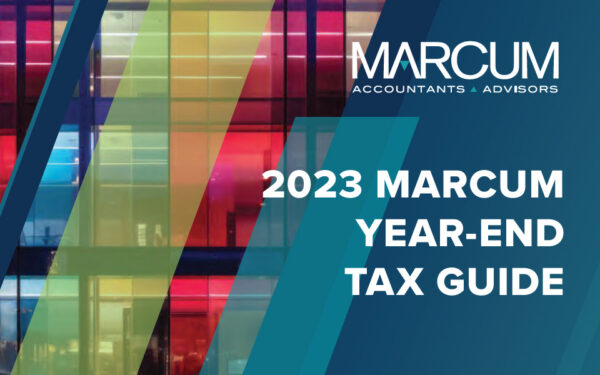4 Changes in Revenue Recognition for Software Companies Under ASC 606
By Erika Moore, Manager, Assurance Services
The Financial Accounting Standards Board (FASB) has issued a new revenue recognition accounting standard (ASC-606, Revenue from Contracts with Customers). The purpose of this new guidance is to improve consistency and comparability of financial statements and to provide more useful information to users of financial statements. The standard features a new five-step process for recognizing revenue:
- Identify the contract
- Identify the performance obligations of the contract
- Determine the transaction price
- Allocate the transaction price to the performance obligations
- Recognize revenue when (or as) the entity satisfies a performance obligation
Most companies in the software industry will be significantly affected. The level of modification to current revenue recognition practices will depend on the nature of the revenues. Those companies with software license revenue will be most affected, while there is likely a lesser impact on the recognition of software-as-a-service (SaaS) revenue.
Software companies often have arrangements with customers that include multiple components wrapped into one contract with a customer. These components could potentially include software licenses, SaaS, post-contract customer support (PCS), and other goods or services. The new guidance will change how software entities are recognizing revenue for these contracts in a few notable ways:
- Contract Acquisition Costs
For costs pertaining to contracts with customers that are within the scope of ASC 606, ASC 340-40 (Other Assets and Deferred Costs – Contracts with Customers) includes new requirements for capitalization of costs associated with obtaining and executing a contract. Incremental costs incurred while securing a contract will be required to be capitalized if the period over which the cost would be amortized exceeds 12 months. Costs directly associated with executing the contract are required to be capitalized over the expected period of benefit (which could include anticipated renewal terms) regardless of whether the period exceeds 12 months.
- Variable Consideration
ASC 606 requires that when determining the transaction price in Step 3 of the new revenue recognition model, the price must include estimated variable consideration likely to be received, with the exception of sales or usage based revenues such as royalties. Sales and usage based royalty revenues should not be estimated and recognized until the sale or usage occurs. Before the update, some companies took the approach to recognize this type of royalty revenue when the actual amount was reported, usually in a period subsequent to when the royalty revenue was earned. Under the new guidance, this sales and usage based type of royalty revenue will need to be estimated and recognized in the period earned.
- Reseller Arrangements
ASC 606 will eliminate use of sell-through methods of revenue recognition for software sales. When selling through resellers and distributors some companies will wait to record actual revenue after price concessions and returns following sale to the end user. Under the new standard, price concessions and returns may need to be estimated in order to determine total consideration to be recognized when the revenue is earned at the time of transfer to the reseller.
- Vendor-Specific Objective Evidence of Fair Value
Under ASC 606, the foundation for allocating contract revenues to contract components is no longer vendor-specific objective evidence of fair value (VSOE). Software companies will no longer need to establish VSOE in order to recognize revenue separately for different components of a contract. Contracts that were previously split between two components, (usually software license and PCS), may now be split into even more performance obligations. PCS could potentially be separated into various distinct performance obligations such as customer support, software maintenance updates, software enhancement updates, and more. The transaction price of the contract will now need to be allocated among all separately identified performance obligations. The increase in number of components of a single contract may result in earlier recognition of revenue for software companies compared to the timing under prior revenue recognition rules.
The effective date for the new standard is periods beginning after Dec. 15, 2017 for public entities, and periods beginning after Dec. 15, 2018 for non-public entities.
Do you have questions about ASC 606, or other life sciences and innovation issues? Please contact Erika Moore, Manager, Assurance Services.




















